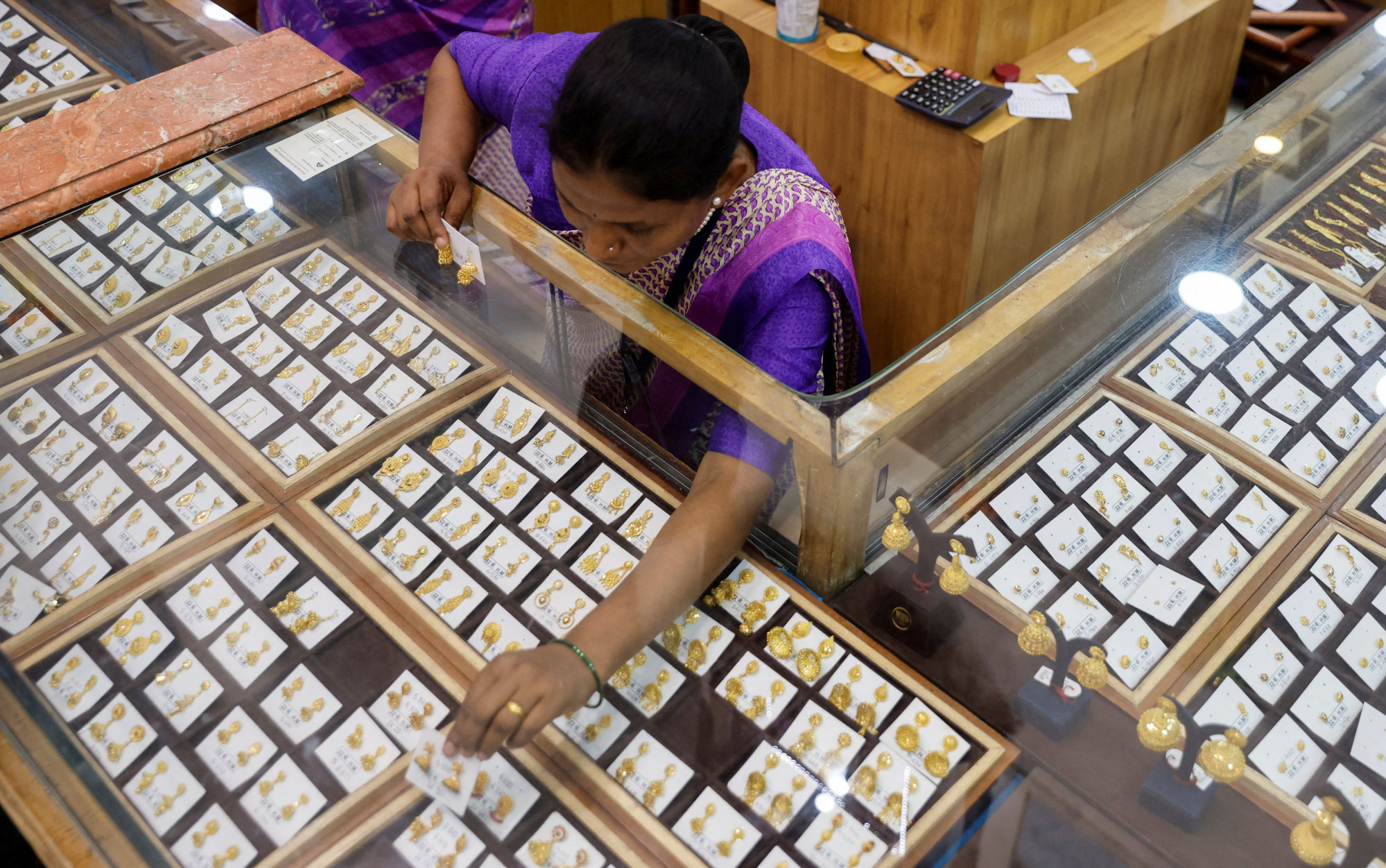
02 Jan Opinion | 3 reasons the outlook for gold could glitter in 2024
Based on historical correlations between gold and the US 10-year treasury yield, gold would have been expected to fare much worse than it did over this period. Instead, the gold market was steadied by record central bank gold purchases, increased market volatility and geopolitical turmoil.
As inflation levels have begun to trend lower, stabilising near long-term historical averages, the Federal Reserve’s impetus to continue to raise interest rates has largely been removed. In fact, market expectations are currently pricing rate cuts during the first half of 2024, a potential boon for gold prices.
While this is a gradual trend, it’s a strong potential catalyst for gold, especially as emerging market central banks’ share of gold reserve holdings is three times less than that of their developed market peers, on average.
3 factors investors betting on lower interest rates in 2024 should watch out for
3 factors investors betting on lower interest rates in 2024 should watch out for
Sentiment among gold investors, particularly exchange traded fund investors, has been lacklustre in recent years. Despite strong demand for physical gold bars and coins, global gold ETF flows in 2023 are on pace to post their third consecutive year of net outflows. Given gold’s price performance over this period, an interesting dislocation between the gold price and gold ETF flows has emerged.
This dislocation, wherein gold ETF holdings are liquidated against a neutral gold price environment, is fairly unique in the context of the track record of gold ETFs. This can be partly explained by rising yields attracting investors, alongside tremendous central bank gold purchases in 2022 and 2023 and robust demand among gold consumers for jewellery.

Given gold’s resilience in 2023, if investors do return to the gold market in 2024, it would narrow this dislocation and the correlation between the gold spot price and ETF flows would revert to historical levels. This could prove a powerful tailwind, as investor buying synchronises with central bank buying to potentially drive gold prices higher.
In our base case scenario for 2024, we expect gold to trade in the range of between US$1,950 and US$2,200 per ounce. Under this scenario, global and US growth slow while avoiding a recession, the US dollar is flat to slightly down in response to a limited number of rate cuts by the Fed, and interest rates remain higher for longer. Consumer demand for gold in emerging markets remains steady, supported by the continued robust gold buying from central banks.
In our bull case, we expect gold to see a trading range of between US$2,200 and US$2,400 per ounce. Here, the US experiences an economic recession with significant interest rate cuts by the Fed and a weaker US dollar, while market volatility increases, sparking strong investment demand for gold.
Low inflation, interest rate cuts and no recession in 2024? Not so fast
Low inflation, interest rate cuts and no recession in 2024? Not so fast
In our bear case, gold may see a trading range of between US$1,800 and US$1,950 per ounce. Under this scenario, the US and global economies exhibit expansionary growth, and the Fed raises rates to tamp down rising price and wage inflation from tightening labour markets.
Moreover, lower market volatility reduces investment demand for gold and a resulting stronger US dollar increases the price of gold internationally, although emerging market consumer demand for jewellery, bars and coins remains healthy, supported by rising inflation and weakening currencies.
The possibility of greater equity volatility in 2024 remains elevated, with potential market drawdowns stemming from stretched equity valuations and stocks priced for perfection, geopolitical tensions and commodity volatility.
Gold may provide significant portfolio protection in a heightened risk environment. This was the case in 2023, when gold aided in buffering against rising market volatility from the US regional banking crisis, the Israel-Hamas war and the Russia-Ukraine war.
Robin Tsui is the APAC gold strategist and SPDR gold sales specialist for Hong Kong at State Street Global Advisors
